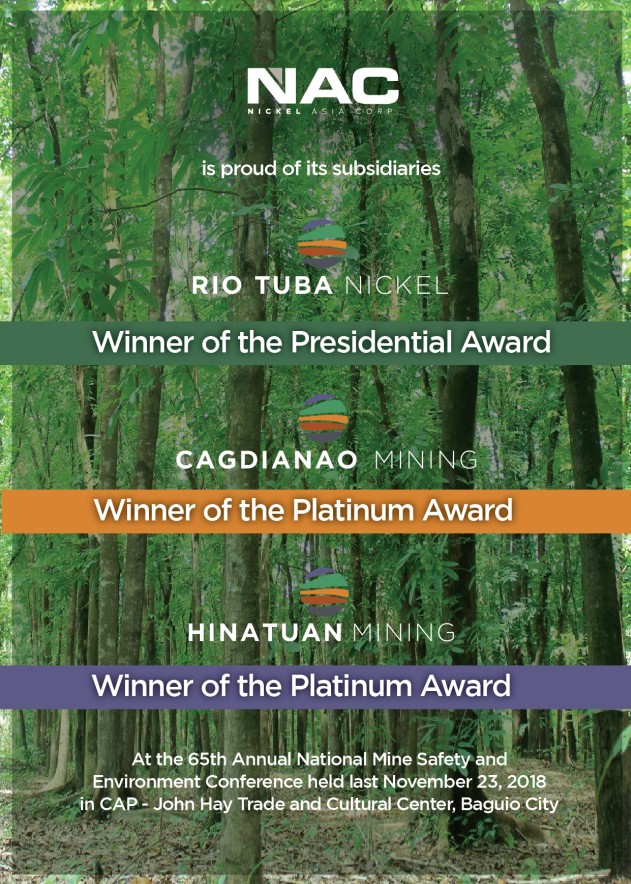Tayug stands tall
ONCE there was a tall Bacayao tree, standing about 50 meters high, somewhere in the eastern part of Pangasinan. The place surrounding that tree came to be referred to as Layug, the Ilocano word for “tall”.
The “L” sound proved to be a bit of a linguistic challenge for the people and so the name of the place evolved into Tayug.
The tall tree is no longer there, but Tayug has since grown and evolved into an important town in the eastern Pangasinan.
The municipality of Tayug, officially established on February 14, 1817, was originally a part of Nueva Ecija province. It was ceded to Pangasinan in 1837, then back again to Nueva Ecija in1851, and finally back to Pangasinan in 1864 up to the present.
This town is historically important as it served as the wartime capital of Pangasinan during the Japanese occupation.
It had a troubled period when “rebels” from the town, fighting against landlords and calling for reforms, set the municipal hall on fire, burning it down completely along with all the public documents kept there. Then President Manuel Roxas himself went to Tayug to help settle out the unrest. But with so many important records missing, Tayug was later referred to in jest as a “colorum” town.
The whole episode surrounding this local revolution became the inspiration of a local Filipino film producer who made the film “Tayug, ang bayang api”.
Today, Tayug, with its 21 barangays, has shaken off its “colorum” tag and could now be considered as one of the prettiest towns in the province.
This town, a 3rd class municipality, serves as the commercial and education center in eastern Pangasinan.
Its agricultural sector produces wheat, corn, and coconut as well as livestock and poultry.
The annual “Lay-layugan festival” is celebrated every March 15-17, in time for the town’s patron saint, St. Patrick, feast day, highlighted by a street dancing and drum-and-lyre competitions.–Maria Reneilda C. Pangangaan, CdD






